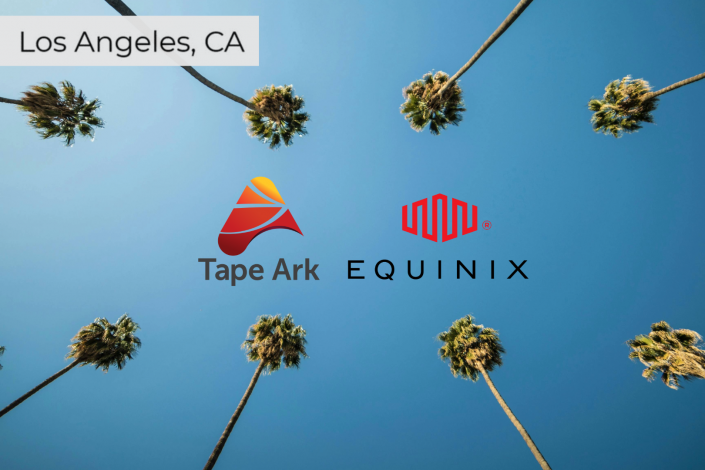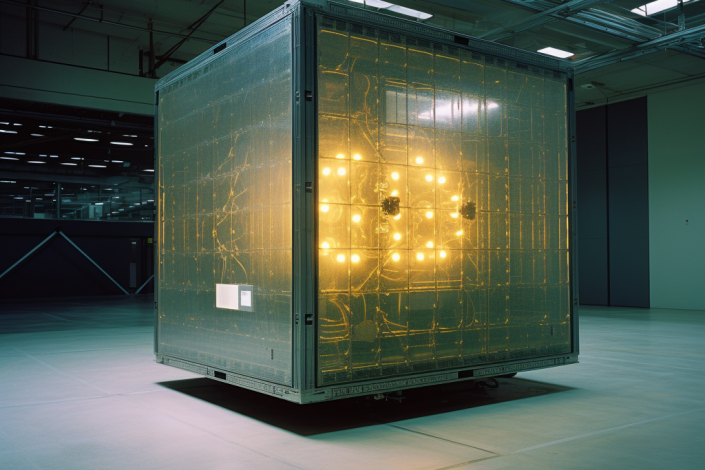This is the first of a three-part series explaining our workflow for migrating content from legacy tapes to AWS for our Media and Entertainment and Broadcast customers. As companies become more aware of ‘why’ these migrations are needed, this series is designed to teach them the ‘how’.
Part 1 of 3: Planning the move
The Audit
The first part of the process is to assess what the customer has. It’s normal for the customer to have taken an “out of sight, out of mind” approach to their tapes, and so have little idea about the condition they’re in. For a successful migration to happen, however, it’s essential that we have this information to hand. Performing an inventory of the collection via our Comprehensive Media Audit (CMA) gives us an overview of the collection with several key facts that we need to begin. It tells us the number of tapes we’ll be dealing with, the different types of tape media present, the age of the tapes and their media health, and whether there are any duplicate tapes. At-risk tape types are promptly identified and marked as priority for immediate conservation.
During this stage, the tapes are also tagged, meaning they can be retrieved mid-project if needed. We understand how important these tapes are to our customers, and that’s why we ensure that they always have access.
The Audit is the stage where the migration passes from initial estimates to exact figures. It flags potential issues with the project so that the migration itself can be as seamless as possible.
The Tape Media and Data Formats we handle
Tape Ark can migrate almost any tape media format, including 9 track tapes, 8 mm Exabytes, 4 mm DATS, DLT, and SuperDLT tapes, 3590, 3480, 3592, and LTO1 through to LTO9 tape cartridges.
The list of data formats we deal with is equally extensive: some of the common formats we work with include LTFS, Stornext, CommVault and IBM Storage Protect. You can read the full lists under the “Services” tab on the website.
Speed and Connectivity
It’s very important to the service we offer that we can move large volumes of data at speed. That’s why Tape Ark leverages Equinix Fabric and Equinix Network Edge to connect directly to AWS, eliminating speed performance issues. We also boast a global connectivity of over 500Gb. This means we are able to ingest data fast.
Regions
The AWS computing system is organized into three different levels: regions, availability zones and finally their local zones. Customers can distribute resources like compute and storage across these zones to be closer to their users. The ability to host their database instances across a broad geographical area means that they won’t lose availability if one location goes down. This protects their operations from being brought to a standstill.
Tiering
Tape Ark deposits the customer’s data in the AWS Storage Tier of their choice, based on what makes sense for their budget and how frequently they will need to do restores. The options include Amazon S3 Standard, S3 Intelligent-Tiering, and S3 Glacier Flexible Retrieval, among several others described fully here: https://aws.amazon.com/s3/storage-classes/
Security Measures
Tape Ark has robust measures in place to insulate precious data from unauthorized access. When we migrate to AWS, the data’s encrypted at rest and in transfer, and we also leverage many of the controls that AWS offers as part of their platform. Partnering our own internal measures with Amazon’s enormous investment in security guarantees the safe migration of data up to the cloud from our ingest facilities.
Read Part 2 here: https://www.tapeark.com/media-and-entertainment-and-broadcast-metadata-extraction-and-database-creation/






